
Beyond Traditional Metrics: New Trends in Big Data Analysis
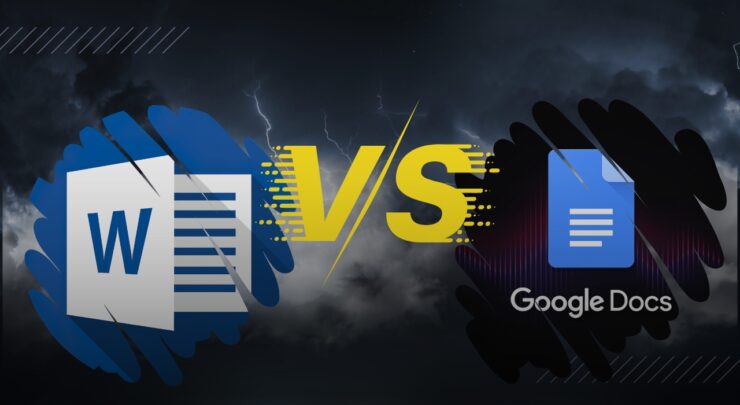
Google Docs vs. Microsoft Word Today

5 Ways Mobile Form Apps Can Benefit Your Business
In today’s digital age, information is often referred to as the “new oil,” powering various aspects of our lives, from business decisions to technological advancements. Big data, a term that has become almost ubiquitous, refers to the vast volumes of info generated every second of every day.
While its importance is universally acknowledged, the methods used to analyze it are undergoing a significant transformation. Traditional metrics, once the backbone of analysis, are increasingly being seen as inadequate for interpreting the complexities of modern datasets.
With the advent of IoT devices, real-time analytics, and machine learning algorithms, the landscape is changing rapidly. If you are ready to venture beyond traditional metrics and into the exciting world of advanced big analytics, let’s delve deep into what’s shaping the future!
Emerging Trends in Big Data Analysis
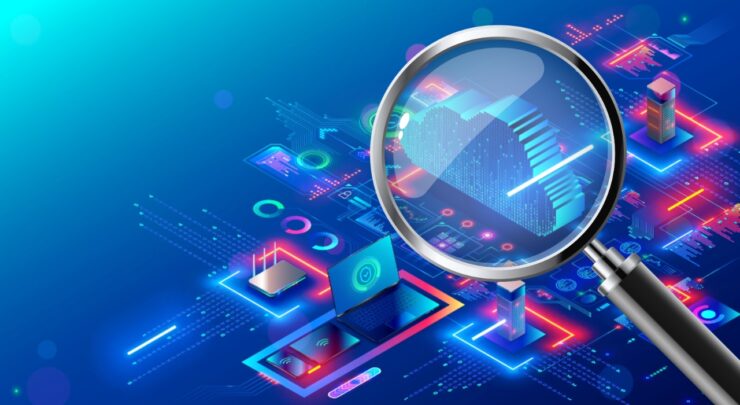
The landscape of information is ever-changing, and staying updated with the latest trends is crucial for anyone involved in cloud analysis or decision-making. Traditional metrics, while foundational, are no longer sufficient to capture the full scope and depth of the insights that big data offers.
As we move into an era of more dynamic and complex structures, new methodologies and technologies are emerging to fill the gaps. In this section, we will explore some of these groundbreaking trends that are redefining the way we approach big analytics.
Real-Time Analytics
In a world that’s always on, waiting for batch processing can be detrimental. Real-time analytics enables organizations to react to events as they happen, making processes more efficient and outcomes more favorable.
Businesses, healthcare institutions, and even governments are increasingly relying on real-time databases to make critical decisions. Real-time analytics allows for immediate interpretation and action, providing a competitive edge in various industries. Whether it’s tracking customer behavior on an e-commerce website or monitoring patient vitals in a hospital, real-time analytics offers unparalleled advantages.
Machine Learning and AI Integration
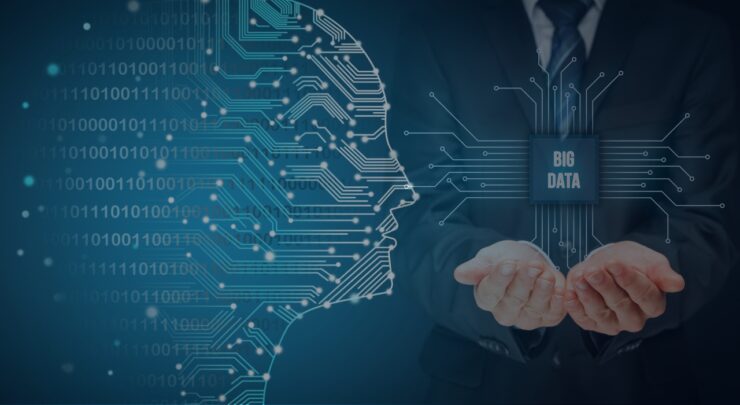
Machine learning (ML) and artificial intelligence (AI) are no longer just buzzwords. They are integral parts of modern analysis. These technologies enable predictive analytics, automated sorting, and even identifying patterns that would be impossible or incredibly time-consuming for humans to spot.
AI algorithms can sift through massive datasets to predict future trends or outcomes, such as market fluctuations or consumer behavior. This predictive power is invaluable for strategic planning and risk management. To get an idea of how AI and ML algorithms assist with predictive analytics and automation check https://www.velvetech.com/big-data-services/.
Natural Language Processing
Understanding human language is a complex task, but Natural Language Processing (NLP) is making significant strides in this area. From chatbots that offer customer service to sentiment analysis in social media, NLP is opening new avenues for database interpretation.
Imagine a healthcare system where doctors can instantly access and interpret patient records through voice commands, or a customer service bot that understands slang and idioms. The possibilities are endless, and they’re becoming more realistic every day.
Edge Computing
As IoT devices proliferate, sending all that info back to a central cloud for analysis is becoming increasingly impractical. Edge computing allows for data processing closer to the source of generation — be it a smartphone, a factory sensor, or a smart car.
While cloud computing is excellent for storing and analyzing historical information, edge computing excels in real-time analytics. The combination of both creates a more robust, efficient infrastructure.
Blockchain Technology
Data integrity is a significant concern. Blockchain technology offers a solution by providing an immutable record of transactions. This feature is especially useful in sectors like finance and healthcare, where integrity is paramount.
Tools and Technologies Powering New Trends
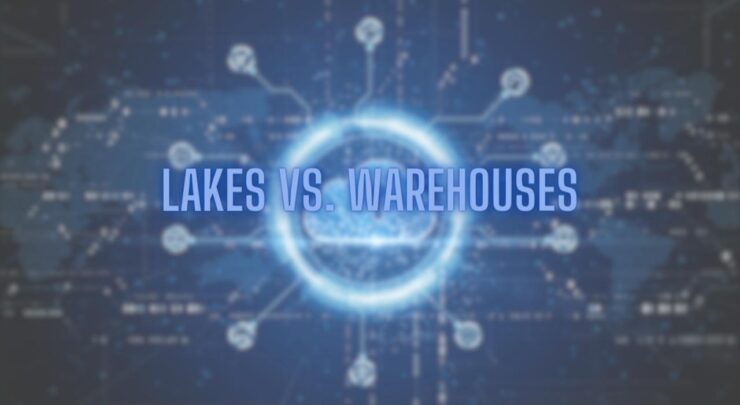
As the trends in analysis evolve, so do the tools and technologies that power these advancements. Let’s explore some of the key tools and technologies that are shaping the future.
Lakes vs. Warehouses
The debate between data lakes and data warehouses is more relevant than ever. While warehouses are structured and optimized for query performance, lakes offer raw, unfiltered data that can be manipulated for various types of analysis.
Understanding the Difference
Data lakes are more flexible and can store all types of information — structured, semi-structured, or unstructured. On the other hand, data warehouses require info to be cleaned and structured, which can be time-consuming but offers faster query results.
Which is More Suitable for Modern Analysis?
The answer depends on your specific needs. If your organization requires real-time analytics and machine learning, a data lake might be more suitable. For traditional business intelligence tasks, a data warehouse could be more efficient.
Community Contributions and Support
The open-source nature of these tools means that they are continually being improved by a community of developers. This dynamic environment often results in faster innovation and robust support networks.
Cloud-Based Solutions
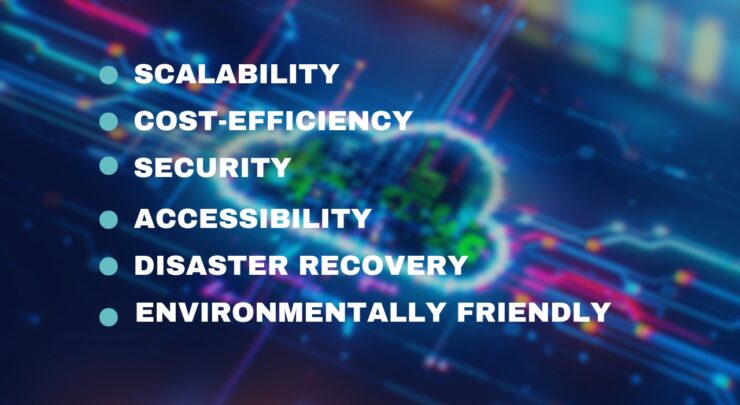
Cloud computing has revolutionized the way we store and analyze information. With virtually unlimited storage and computing power, cloud-based solutions offer scalability and flexibility that on-premises solutions can’t match. The advantages of cloud-based analysis are:
- Scalability: Easily scale your operations up or down based on needs
- Cost-Efficiency: Pay for only what you use, eliminating the need for massive upfront investments
- Security: Leading cloud providers offer robust security features, including encryption and multi-factor authentication.
- Accessibility: Access your data and analytics tools from anywhere in the world, provided you have an internet connection. This fosters collaboration and allows for real-time decision-making.
- Disaster Recovery: Many cloud providers offer built-in backup and disaster recovery solutions. That is, your data is safe and can be restored.
- Environmentally Friendly: By sharing resources in a cloud environment, businesses reduce the carbon footprint of maintaining on-site data centers. This results in less energy consumption and a decrease in greenhouse gas emissions.
In Conclusion
The world is undergoing a transformative shift, one that is both exciting and challenging. Traditional metrics are no longer sufficient to capture the full scope of modern data.
New trends are essential methodologies that are redefining how we approach data analysis.
What does all this mean for you? Whether you’re a data scientist, a business leader, or someone merely interested in Big Data, the message is clear: adapt or risk falling behind. The future is here, and it’s replete with possibilities that are both intriguing and promising.









